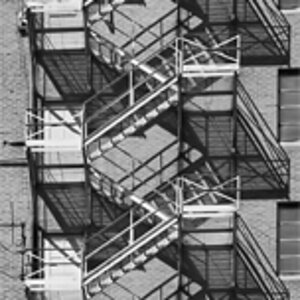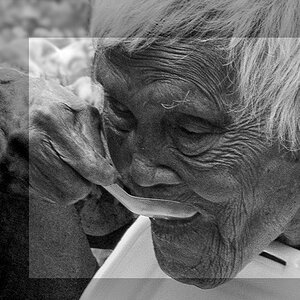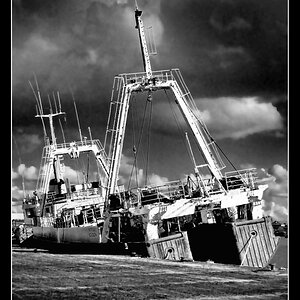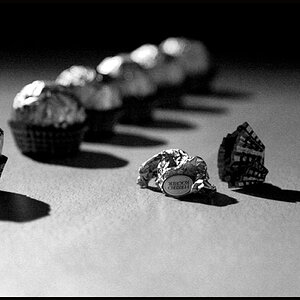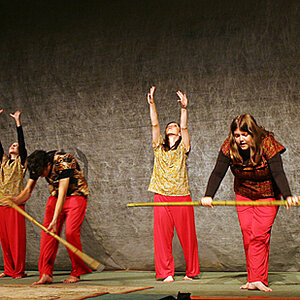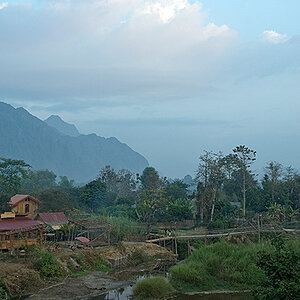djacobox372
No longer a newbie, moving up!
- Joined
- May 4, 2008
- Messages
- 2,925
- Reaction score
- 129
- Location
- Seattle, WA
- Website
- djacob372.deviantart.com
- Can others edit my Photos
- Photos NOT OK to edit
That lens will mount and shoot fine (in M mode), but the d90 will not meter thru the lens without help of a cpu in the lens. The d200/300/700 and d3 will meter with those old lenses, so it could be used in "A" mode on those cameras.
It's an awesome lens... expect it to be pretty soft wide open, but that's part of the character of the lens.
It's an awesome lens... expect it to be pretty soft wide open, but that's part of the character of the lens.


